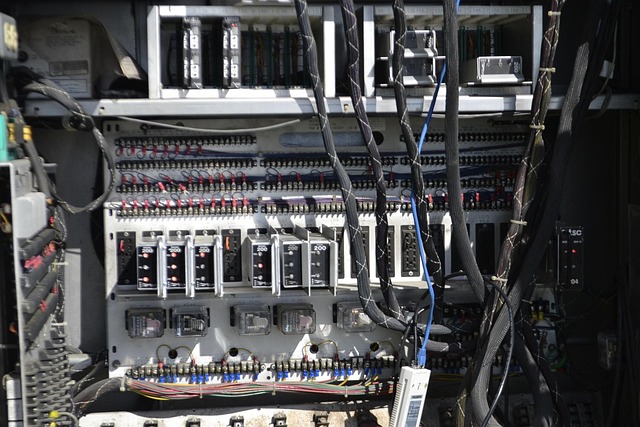Exploring the Impact of Spatial Effect Systems in the Metaverse
The digital landscape is evolving at an unprecedented pace, transforming our understanding of reality itself. As part of this evolution, spatial effect systems have emerged as a critical element in shaping our experiences within virtual and augmented realities. Whether we’re stepping into a fully immersive virtual world or interacting with digital elements layered over our physical environment, these systems play a pivotal role in defining how we engage with the metaverse.
Understanding Spatial Effect Systems
At their core, spatial effect systems enhance the way we perceive and interact with virtual environments. They create a sense of depth and realism that allows users to feel truly present in a setting that isn’t confined to the physical world. Imagine walking through a bustling marketplace in a virtual city, hearing the distant chatter and the clanging of metal while feeling the ground beneath your feet. This immersion is possible because of sophisticated spatial effect systems that process audio cues, visual feedback, and even haptic responses, making the experience seamless and believable.
Virtual Reality: The Total Immersion
Virtual reality (VR) has taken the world by storm, allowing users to escape their physical confines and enter a realm where they can roam freely. Here, spatial effect systems are crucial for creating environments that feel tangible. From the sights of a breathtaking mountaintop to the sounds of a serene forest, spatial audio and visual technologies work in concert to envelop users in an experience that feels genuine. This level of immersion is essential, particularly for applications like gaming, training simulations, and virtual meetings, where the lines between real and virtual should blur.
Augmented Reality: Blending the Real and the Digital
On the other hand, augmented reality (AR) infuses our reality with digital enhancements. Spatial effect systems in AR must accurately align digital objects with real-world backgrounds to create a cohesive experience. For instance, when you see a digital character interacting with your environment through your smartphone or AR glasses, the spatial effect system ensures that the character appears as though it belongs in your world, reacting to movements and changes in light and perspective. This blending of layers creates a powerful narrative and significantly enriches user engagement.
Metaversum: The Future of Interaction
As we venture further into the metaverse, the role of spatial effect systems will only continue to expand. They will enable more complex interactions among users, objects, and environments, fostering a sense of community and collaboration. With innovations in hardware and software, future spatial effect systems will likely incorporate even more advanced technologies, further blurring the lines between physical and digital realms. This opens the door to endless possibilities, from virtual workspaces where remote teams can collaborate as if they were together in person to social platforms that facilitate organic interactions among avatars in shared spaces.
As we explore the impact of spatial effect systems, it’s vital to recognize how they not only enhance our experiences but also shape the way we connect with each other and our surroundings in this new digital era. The metaverse holds the potential to transform our lives, and spatial effect systems are at the forefront of this revolutionary change.




